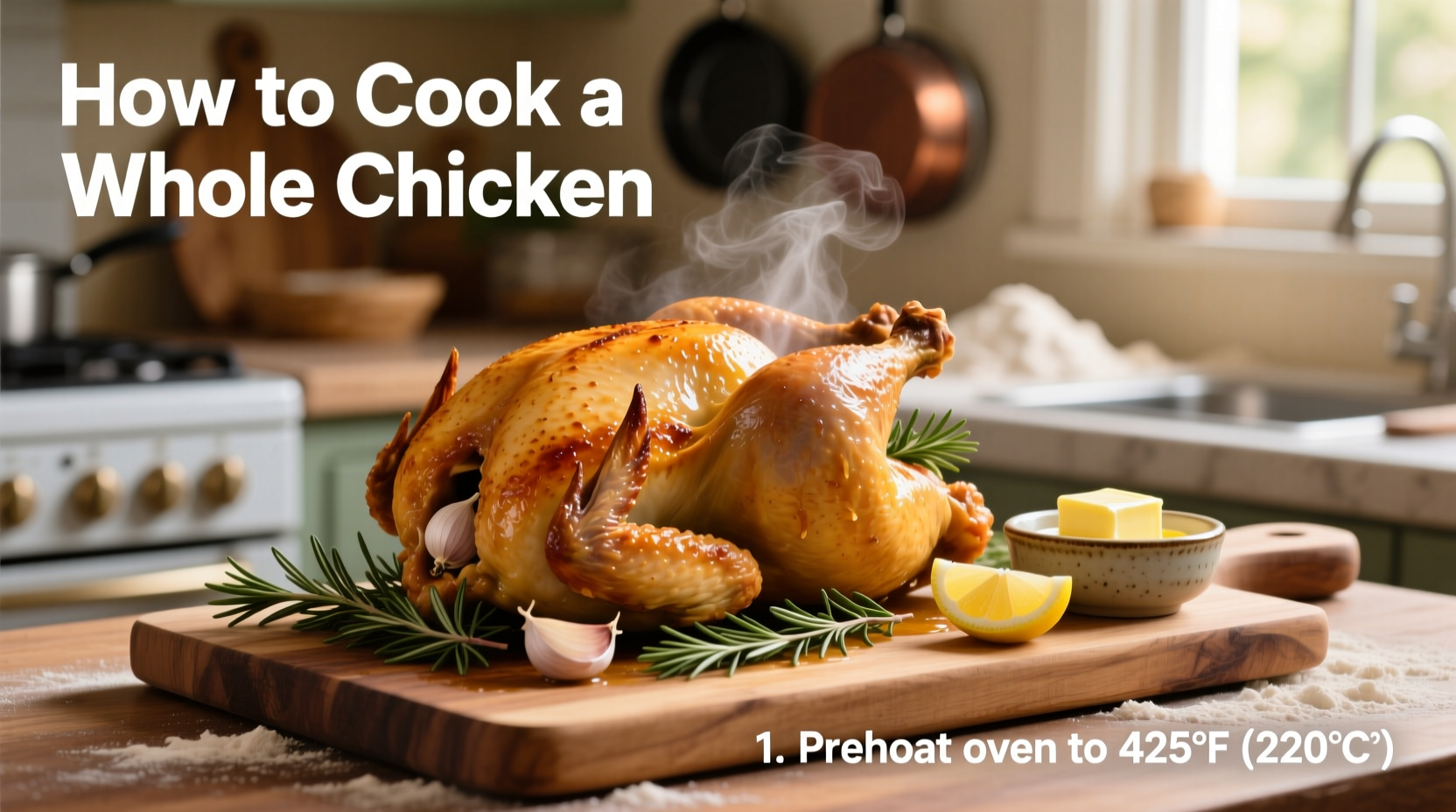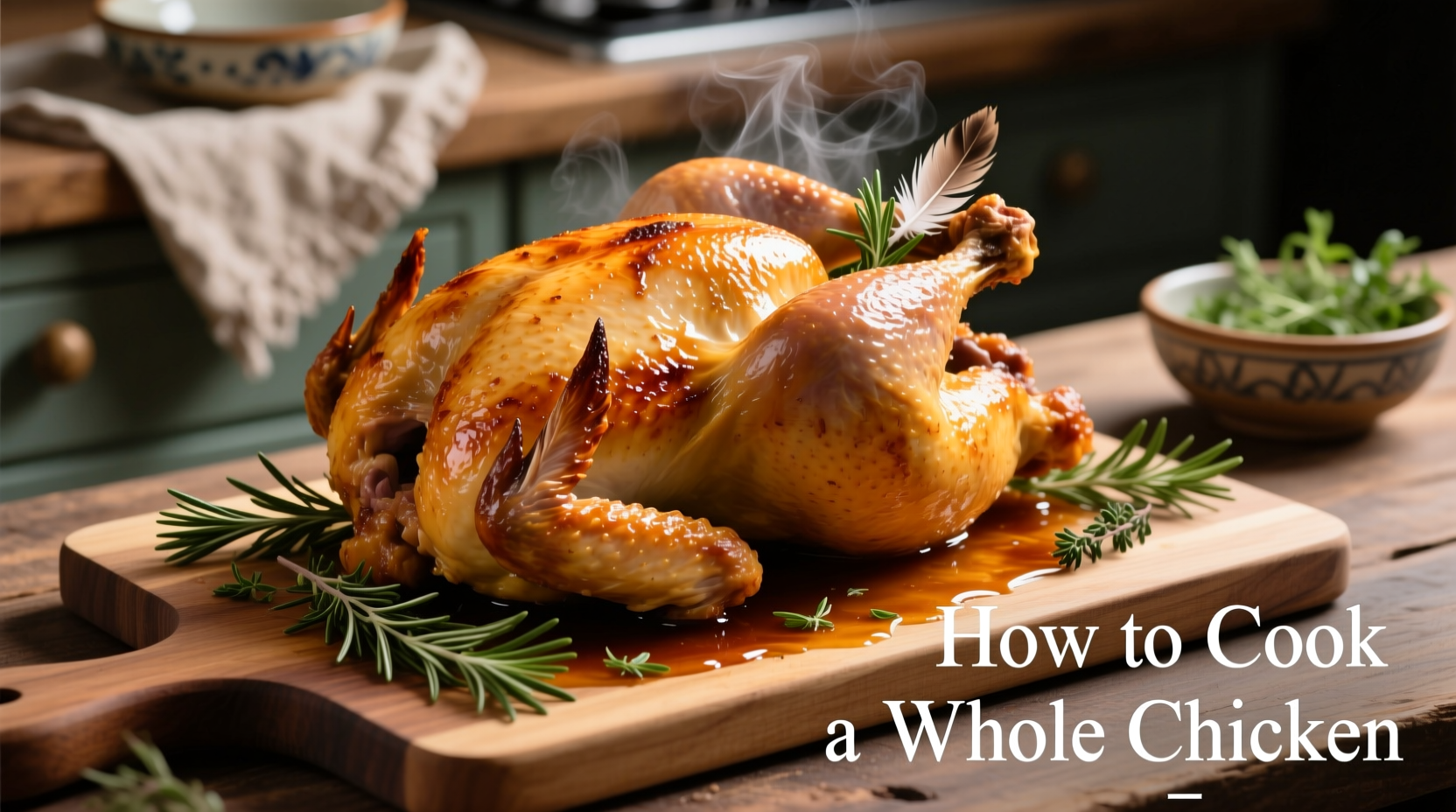Dry, overcooked chicken frustrates home chefs. Brining solves this by leveraging salt's science to retain moisture during cooking. This guide details proven wet and dry methods with USDA-backed safety rules—no guesswork, just restaurant-quality results.
Why Your Chicken Dries Out (And How Brining Fixes It)
When chicken cooks, muscle fibers contract and expel moisture. Unbrined breasts lose 15% of their raw weight during cooking, resulting in dry meat. Salt ions act as "electrostatic glue" that prevents this moisture loss by altering protein structure. As AmazingRibs.com confirms, properly brined chicken retains up to 7% more moisture than unbrined counterparts.
Wet Brining: Step-by-Step Guide
Ideal for boneless breasts or when you need quick results. Follow CDC food safety protocols throughout.
- Mix 4 cups cold water + 6 tbsp Diamond Crystal kosher salt (or 3.5 tbsp table salt). For sweet brines, add 1/4 cup brown sugar.
- Submerge chicken completely. Refrigerate immediately.
- Brine time: 1-2 hours for breasts, 4-8 hours for bone-in pieces, max 12 hours for whole chicken.
- Rinse under cold water for 30 seconds to remove surface salt.
- Pat dry and cook within 1 hour. Never wash raw chicken—CDC data shows 1 in 7 sinks remain contaminated after washing.
Dry Brining: The Crisp-Skin Alternative
Preferred by chefs for crispy skin and deeper flavor penetration. Per BonAppétit.com, this method draws surface moisture away before cooking.
- Calculate salt: 1.5% of chicken's weight (e.g., 3g salt per 200g chicken).
- Rub salt evenly over all surfaces.
- Place uncovered on a rack in the refrigerator.
- Time: 1 hour minimum, 24 hours maximum for best results.
- Cook directly without rinsing—pat dry if needed.
| Method | Raw Weight Gain | Cooked Weight Loss | Best For | Critical Limit |
|---|---|---|---|---|
| Wet Brine | 10% | 8% | Boneless breasts, quick prep | Max 12 hours (whole chicken) |
| Dry Brine | 0% | 12% | Skin-on cuts, crispy skin | Max 24 hours (small cuts) |
| Unbrined | 0% | 15% | Rarely recommended | N/A |

When to Use (or Avoid) Each Method
Wet Brine Is Best When
- You're cooking lean cuts like boneless breasts
- Time is limited (1-8 hours available)
- You want immediate moisture infusion
Avoid Wet Brining If
- You need crispy skin (waterlogged surface inhibits browning)
- Brining >12 hours (causes mushy texture)
- Using pre-injected "enhanced" chicken (excess sodium)
Dry Brine Wins When
- Cooking skin-on pieces (promotes crispness)
- You have 12-24 hours prep time
- Seeking deeper flavor penetration
Critical Safety Rules You Must Follow
Per CDC data, 1 in 25 chicken packages contains Salmonella. Ignoring these rules risks foodborne illness:
- Never wash raw chicken: Increases cross-contamination risk by 90%. Bacteria spread up to 3 feet.
- Always cook to 165°F: Use a calibrated thermometer. EthanChlebowski.com confirms holding at 155°F for 45 seconds is safe, but 165°F is USDA standard.
- Refrigerate during brining: Keep below 40°F. Room-temperature brining breeds bacteria.
- Rinse wet-brined chicken: Removes excess surface salt that causes uneven cooking.
Top 3 Brining Mistakes (And How to Fix Them)
- Over-brining: >12 hours in wet brine makes meat spongy. Fix: Use timer and follow weight-based guidelines from CookTheStory.com.
- Using wrong salt: Table salt measures differently than kosher. Fix: For wet brine, use 3.5 tbsp table salt instead of 6 tbsp Diamond Crystal.
- Skip rinsing: Causes salty crust. Fix: Always rinse wet-brined chicken under cold water for 30 seconds.
Everything You Need to Know
No rinsing is required for dry brining. The salt fully absorbs into the meat. Pat dry with paper towels before cooking to ensure crispy skin, as recommended by BonAppétit.com.
No. Brining does not kill bacteria. Per CDC guidelines, always cook chicken to 165°F internal temperature. Brining only affects moisture retention, not pathogen safety.
Refrigerate wet-brined chicken for max 24 hours after rinsing. Dry-brined chicken can stay uncovered in the fridge for up to 48 hours post-brining. Beyond this, texture degrades per CookTheStory.com safety data.
Over-brining or incorrect salt ratios cause saltiness. Use weight-based measurements: 1.5% salt for dry brine (3g per 200g chicken). For wet brine, never exceed 6% solution (25g salt per 500ml water) as per EthanChlebowski.com.
No. Reusing brine risks bacterial cross-contamination. Discard used brine immediately after submerging chicken. CDC data shows raw poultry juices harbor pathogens that survive in liquid solutions.











 浙公网安备
33010002000092号
浙公网安备
33010002000092号 浙B2-20120091-4
浙B2-20120091-4